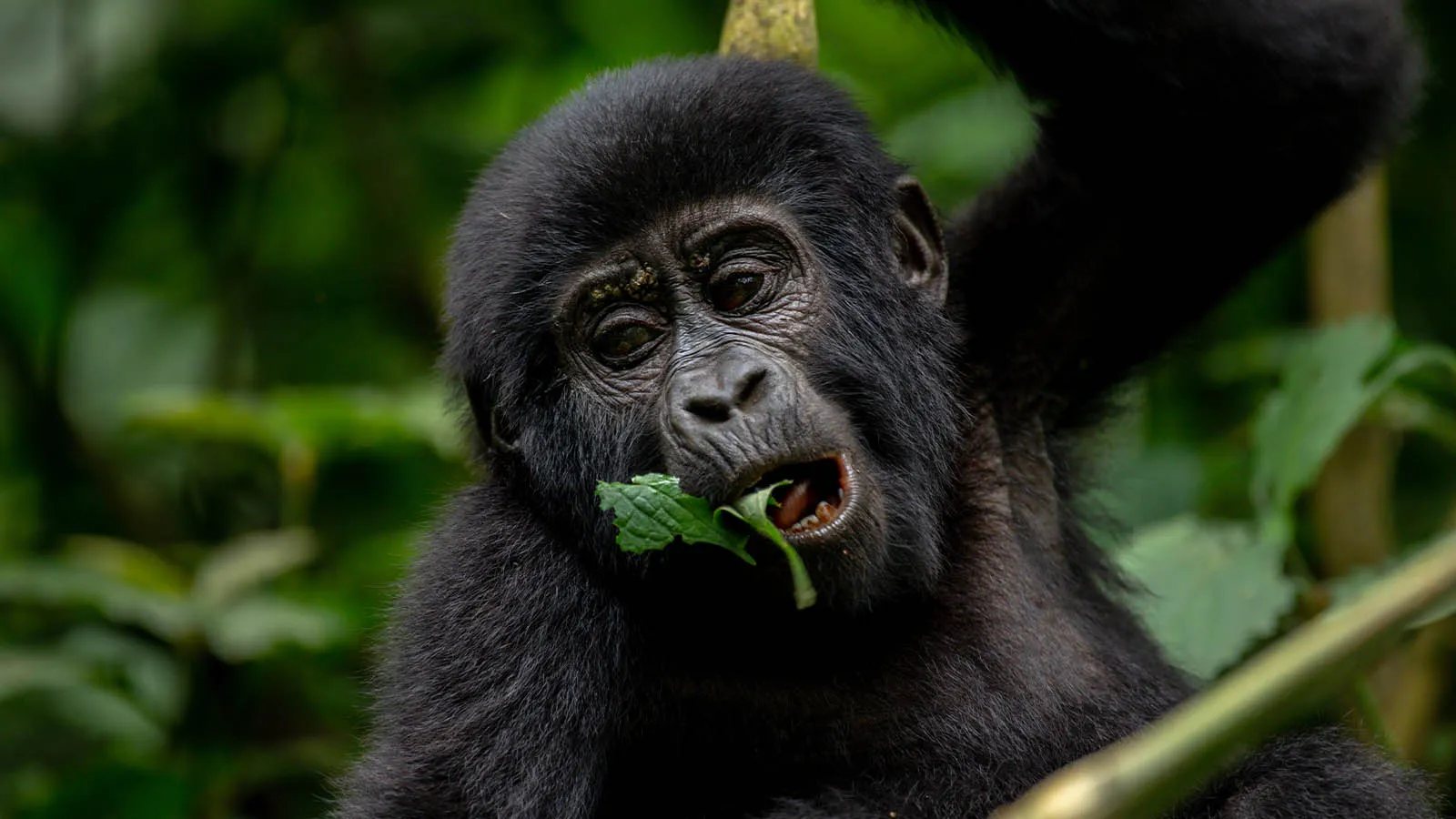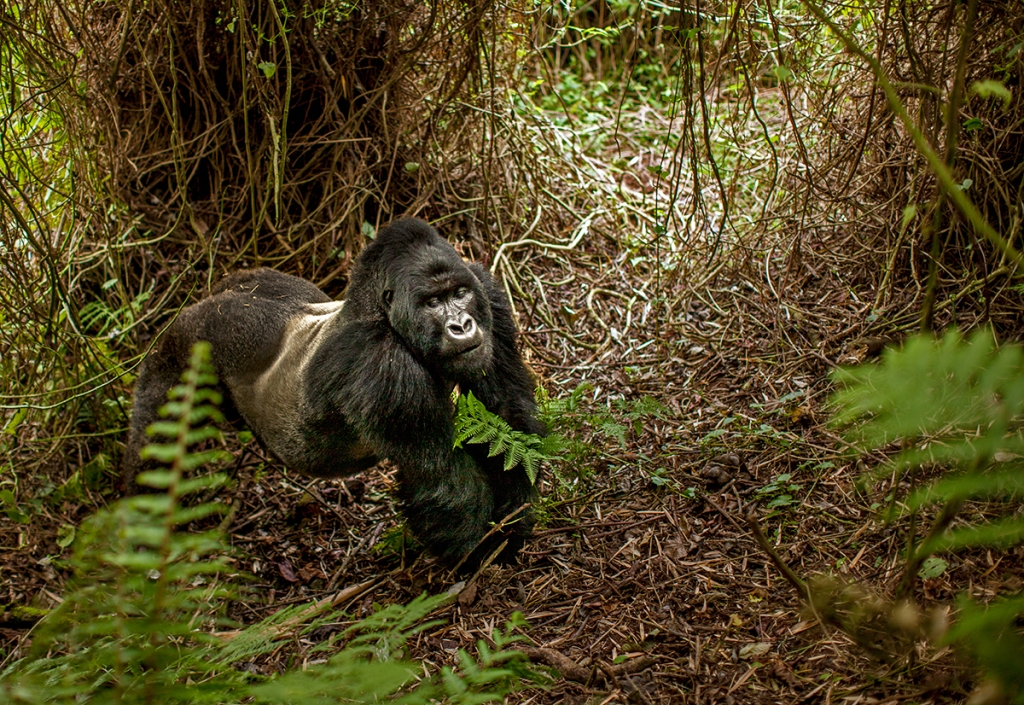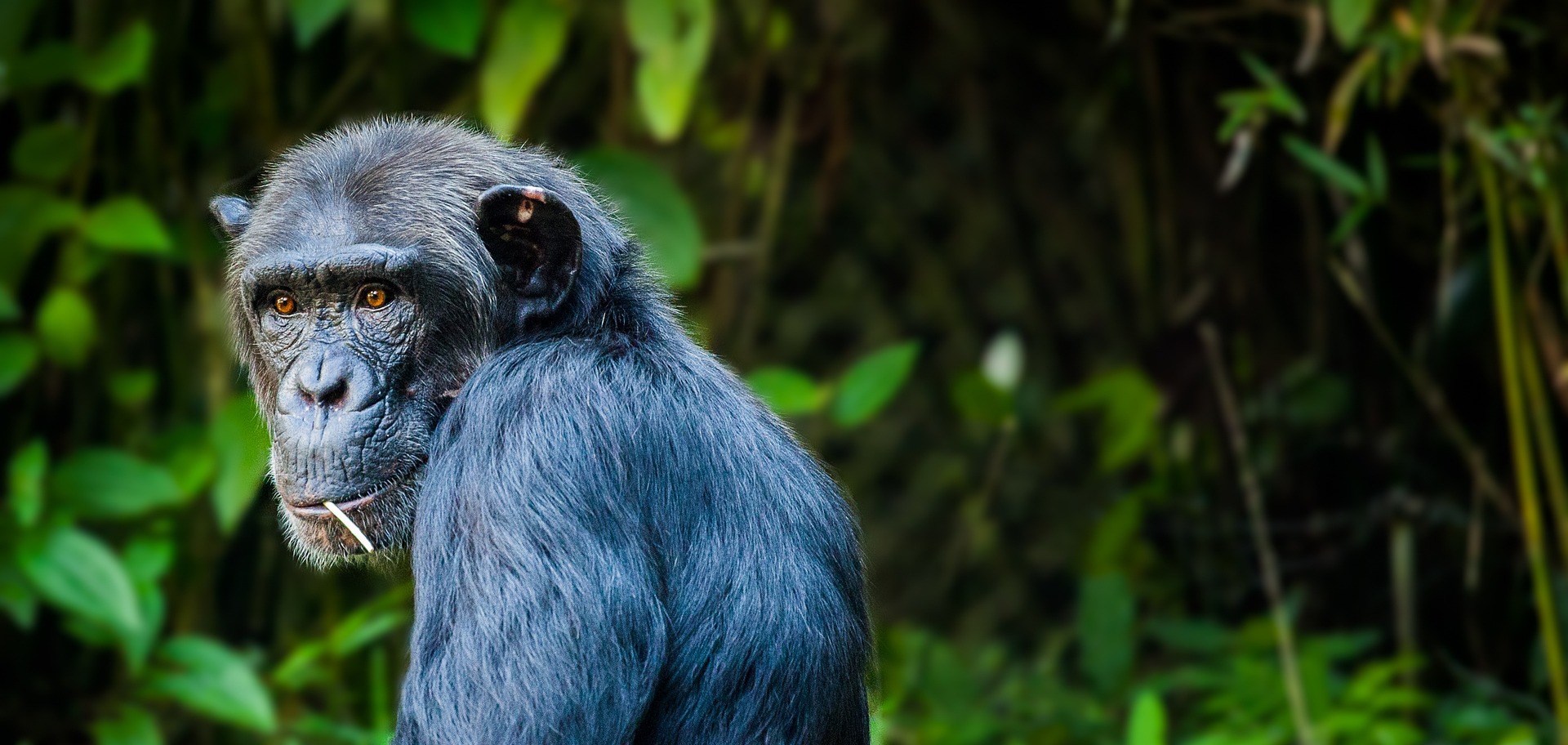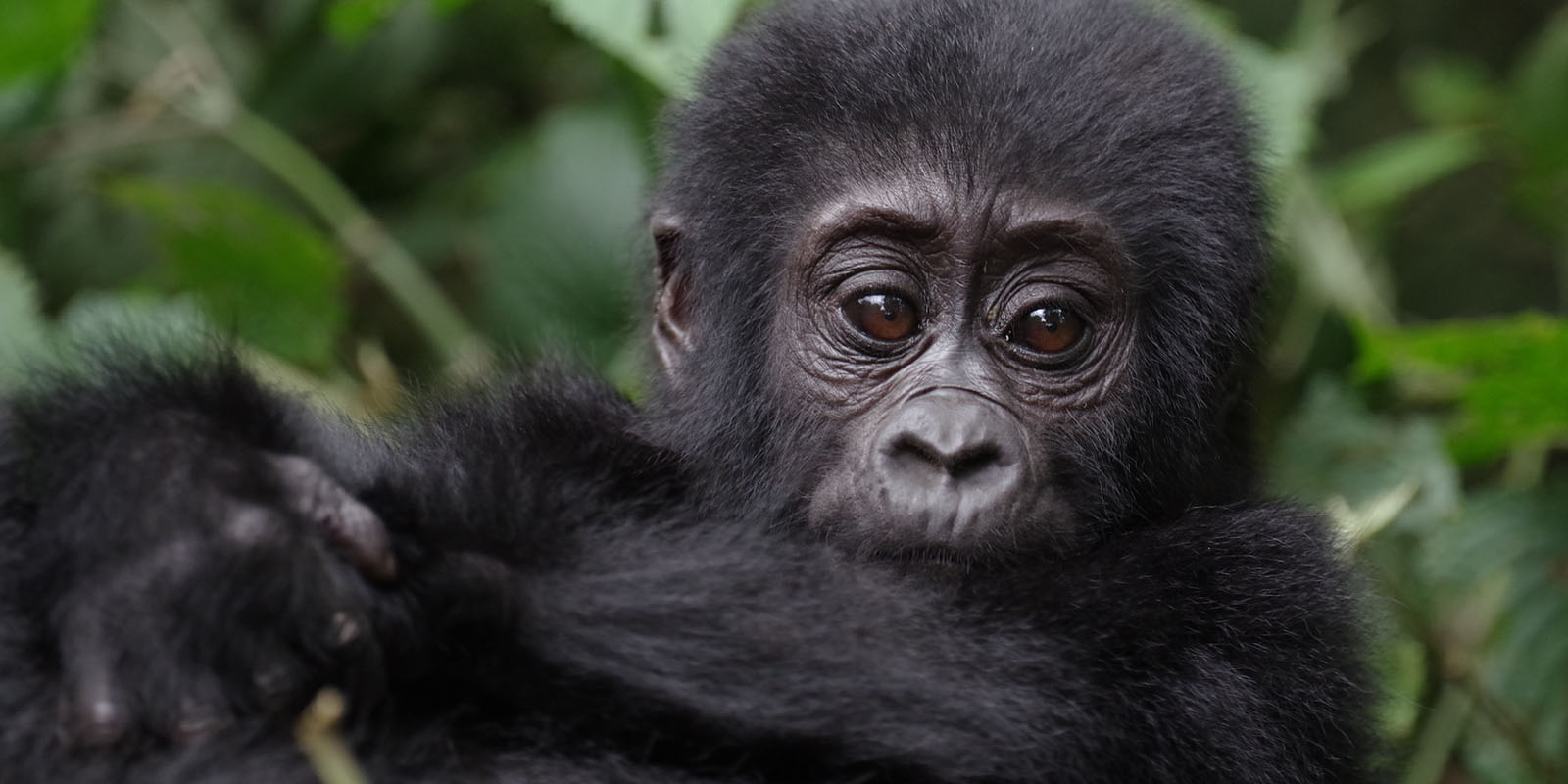
What type of animals will I see on a game drive in Uganda?
July 4, 2025
What Is the Age Limit for Gorilla Trekking in Uganda?
July 4, 2025What Should I Pack for a Combined Gorilla and Wildlife Safari?
What should I pack for a combined gorilla and wildlife safari? This is often the first question travelers ask before heading to Uganda or Rwanda, where unforgettable experiences like Murchison Falls safaris, Chimpanzee Tracking, wildlife safari, Uganda Gorilla Trekking, and Gorilla Trekking Rwanda await. The secret to enjoying both high‑adventure primate treks and classic game drives lies in packing smart: blending comfort, safety, and preparedness across varied environments—sweltering savannahs, riverine forests, and mist‑shrouded rainforests. Our comprehensive guide walks you through must‑have gear, clothing, and extras to ensure seamless transitions between your Uganda safari wildlife drives and Rwanda safari gorilla encounter. With Renai Safaris, packing becomes part of the journey—not an afterthought.
Essential Clothing: Layering for Diverse Climates
What should I pack for a combined gorilla and wildlife safari? Start with clothing that adapts to varied terrain and weather. For Murchison Falls safaris and other savannah drives, neutral-colored long sleeves, trousers, and sun‑hat are key to ward off sun and insects. On Chimpanzee Tracking treks in Kibale Forest or during Uganda Gorilla Trekking in Bwindi and Mgahinga, moisture‑wicking layers, waterproof jackets, and sturdy gaiters become indispensable. In Gorilla Trekking Rwanda at higher altitudes, mornings and evenings can be chilly—pack a fleece or insulated jacket. It’s not just about comfort; layering helps you handle drastic temperature swings from sunrise to afternoon heat. Quality hiking socks, quick‑dry underwear, and a change of clothes for evenings round out your packing list, ensuring you remain fresh each day. Answering what should I pack for a combined gorilla and wildlife safari means preparing for comfort across ecosystems—breakfast safari to rainforest trek—with ease.
Footwear & Trekking Gear: Grip and Protection Matter
What should I pack for a combined gorilla and wildlife safari? Your shoes can make or break your experience. On sandy, dusty trails of Murchison Falls safaris, trail runners or mid-distance hiking shoes suffice. But for Uganda Gorilla Trekking and Chimpanzee Tracking, where jungle floors become slick, muddy, and root-laden, waterproof, ankle‑support hiking boots are essential. Add sturdy gaiters to prevent leeches, thorns, and mud from entering. Bring a pair of sandals or camp shoes for relaxing after long trekking days. Include a comfortable daypack (20–30L) to carry water, snacks, rain jacket, camera, and toiletries. Trekking poles help with steep slopes and reduce fatigue. Your packing should reflect daily transitions—from game drives to gorilla trails—ensuring you’re physically equipped from bush to rainforest.
Gear and Accessories: From Binoculars to Batteries
What should I pack for a combined gorilla and wildlife safari? Beyond clothes and shoes, essential gear enhances your experience. A good-quality binocular (8×42) is invaluable for spotting distant wildlife during your safari game drives, birdwatching, and even glimpsing distant gorillas in Volcanoes or Bwindi. Bring a headlamp or small flashlight (and extra batteries) for early starts. A refillable water bottle or hydration bladder keeps you energized, especially during Chimpanzee Tracking and Uganda Gorilla Trekking. Don’t forget insect repellent (DEET or picaridin-based) and anti-malarial medication. A personal first-aid kit with plasters, antiseptic, painkillers, and blister treatment is a lifesaver. For photography, bring a rainproof camera bag, lens cloth, extra SD cards, and batteries. A compact umbrella or poncho could come in handy during rainforest rains. These thoughtful accessories ensure your adventures—not just your Instagram feed—remain smooth and memorable.
Health, Hygiene & Comfort Items
What should I pack for a combined gorilla and wildlife safari? Staying healthy across habitats is key. Include sunscreen (SPF 30+), lip balm with SPF, and a wide-brimmed hat. Wet wipes, hand sanitizer, and biodegradable soap help freshen up between remote camps and lodges. If you wear glasses or contacts, bring backups and cleaning solutions. A quick-dry travel towel can be useful after rain or river crossings during Murchison Falls safaris or chimp treks. Pack a stash of snacks, electrolytes or energy bars, and a few favorite instant meals, in case you’re far from a lodge. Lastly, consider a travel pillow and earplugs for long safari jeeps or night-time sounds in forest lodges—comfortable travels make for better wildlife spotting.
Documentation & Miscellaneous Essentials
What should I pack for a combined gorilla and wildlife safari? Don’t forget paperwork: passport (valid six months beyond travel), visa (if needed), travel insurance covering medical evacuation, gorilla‑trek permit documentation, and park receipts for Uganda Gorilla Trekking or Gorilla Trekking Rwanda. Photocopies kept separately help if originals are lost. Bring cash in USD for gratuities, souvenirs, or local markets—many remote lodges don’t accept cards. Lightweight zip‑lock bags protect documents and electronics from humidity and rain. If combining safari and cultural experiences, bring sensibly modest clothing for villages or local schools. A small gift—like pencils or stickers—is appreciated. Lastly, mobile phone with international roaming or a local SIM, and a universal plug adapter, ensures you stay connected before and after treks.
Cultural Considerations: Respect While Exploring
What should I pack for a combined gorilla and wildlife safari? Beyond physical necessities, cultural insight matters. Visitors to Murchison Falls safaris may visit fishing villages—pack non-intrusive modest wear and a basic understanding of local etiquette. For Uganda Gorilla Trekking, Batwa cultural visits offer insight into traditional forest life; bring polite conversation, respect, and a genuine curiosity. For Gorilla Trekking Rwanda, pack clean, simple clothes for Iby’Iwacu cultural village visits. Small gifts—like school supplies inspired by your travels—are appreciated, but first ask your guide what’s appropriate. Being thoughtful and culturally aware enhances not just your trip, but the local communities too. So while packing practical items, include cultural sensitivity in your travel checklist—part of answering what should I pack for a combined gorilla and wildlife safari in every sense.
Packing Lists Comparison Tables
To help organize your packing, here’s a quick table comparison:
| Category | Must‑Have Items |
| Clothing | Long-sleeve shirts, convertible pants, moisture-wick layers, fleece, waterproof jacket, underwear |
| Footwear | Waterproof hiking boots + gaiters, trail runners, sandals |
| Gear | Binoculars, camera + rain cover, headlamp, trekking poles, daypack |
| Health & Hygiene | Sunscreen, insect repellent, first aid kit, quick‑dry towel, wet wipes |
| Accessories | Water bottle, reusable snacks, flashlight, lip balm, anti‑malarials |
| Documentation & Money | Passport, visas, permits, travel insurance details, USD cash, SIM card, power adapter |
| Cultural Awareness | Modest clothing for cultural visits, small gifts (school supplies or toiletries), respectful manners |
This matrix ensures your Uganda safari and Rwanda safari seamlessly combine game drives, chimpanzee and gorilla treks, cultural immersion, and personal comfort.
Final Tips: Lightweight, Layered, Ready for Anything
What should I pack for a combined gorilla and wildlife safari? Keep it light yet comprehensive—every item carried should serve a purpose. Choose quick-dry, wrinkle-resistant clothes. Limit liquids to under 100ml if flying regionally. Invest in quality gear designed for wet, rugged conditions. When you land in Entebbe or Kigali, rename your days by activity: savannah sunrise, chimp canopy canopy, gorilla mist trail, cultural community visits. Each requires clothing harmony, gear readiness, and thoughtful awareness. With Renai Safaris as your guide, your packing plan becomes a natural extension of your itinerary—helping you step confidently from dusty roads to lush rainforests, from wildlife safaris to gorilla encounters, knowing you’ve brought everything necessary for an unforgettable journey.
Conclusion: Pack Smart, Adventure Fully
What should I pack for a combined gorilla and wildlife safari? The answer is strategic simplicity: smart layers, versatile footwear, essential gear, cultural mindfulness, and health preparedness. Your packing list should empower both rugged Murchison Falls safaris, intimate Chimpanzee Tracking, profound Uganda Gorilla Trekking, and the luxury of Gorilla Trekking Rwanda, all without excess baggage. When each piece supports a day in the game drive jeep or a climb through rainforest, your safari is defined not by what you brought—but by what you experience.
Let Renai Safaris guide you from planning to packing to walking out the door. Your perfect African adventure begins with “What should I pack for a combined gorilla and wildlife safari?”—and ends with memories that last a lifetime.




